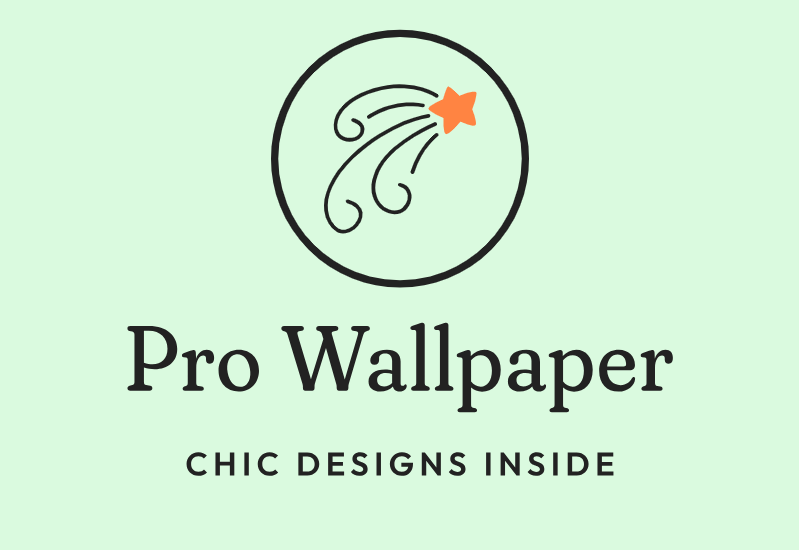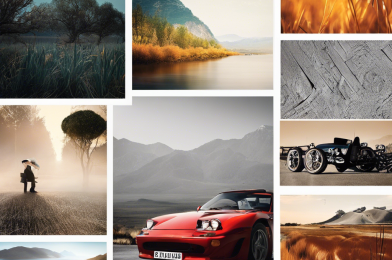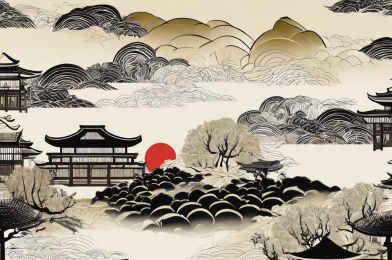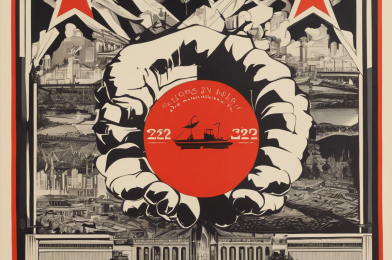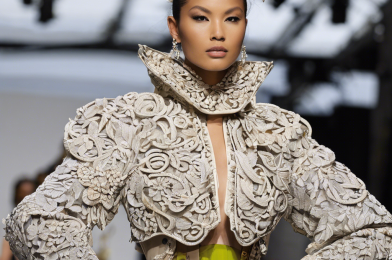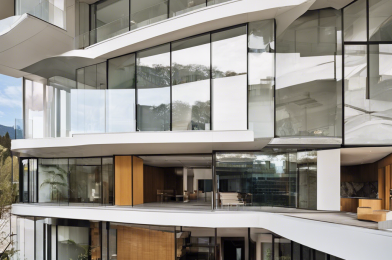The art of photography has evolved tremendously since its inception in the early 19th century. What began as a simple mechanical process of capturing light and shadow has transformed into a powerful medium that influences and inspires people across the globe. Photography allows us to document our lives, express our emotions, and connect with others in ways that words alone cannot achieve.
Every photograph tells a story, and each story is unique to the photographer’s perspective and intention. A good photo captures a moment in time, freezing it forever and allowing viewers to step into that moment, feel the emotions, and perhaps even imagine the story beyond the frame. Whether it’s a breathtaking landscape, a captivating portrait, or a spontaneous street scene, photography has the power to transport us to another world.
The beauty of this art form lies in its ability to showcase the world through different lenses – both literally and metaphorically. Photographers have the power to highlight the extraordinary within the ordinary, bringing attention to details, perspectives, and stories that might otherwise go unnoticed. A single photograph can spark curiosity, inspire conversation, and even instigate change by offering a glimpse into a world or a viewpoint that differs from our own.
Photography is also a powerful tool for self-expression. It allows individuals to convey their emotions, thoughts, and creative visions without uttering a single word. A well-composed photograph can evoke joy, sadness, wonder, or any other feeling the artist intends, transcending language and cultural barriers. This makes photography a universal language that fosters connections and promotes understanding among people from all walks of life.
The technical aspects of photography further enhance its appeal. Mastering camera settings, composition rules, lighting techniques, and post-processing skills enables photographers to transform their vision into reality. The creative control afforded by these technical skills allows for endless experimentation, ensuring that every photograph is a unique work of art.
In the digital age, photography has become more accessible than ever before. With cameras integrated into our smartphones, we can capture moments anytime, anywhere. Social media platforms have also played a significant role in promoting photography as a form of self-expression and connection, providing a global audience for both amateur and professional photographers alike.
However, amidst the ease and convenience of digital photography, it is important to remember the essence of this art form – the capturing of moments that matter. Whether it’s a once-in-a-lifetime event, a fleeting expression, or a breathtaking scene, photographers have the power to immortalize these moments and make them everlasting.
Photography truly is an art that captures the beauty, emotion, and stories of our world, one moment at a time. So, let us embrace this art form, appreciate the moments captured, and perhaps even try our hand at creating our own photographic masterpieces. After all, every photograph tells a story, and each story is worth sharing.
The art of photography never ceases to amaze, inspire, and connect us, and it is a privilege to be able to capture and share moments that matter through this powerful medium. So, keep capturing, keep sharing, and keep inspiring – one click at a time!
[This article reflects the journalist’s personal views and does not necessarily represent the editorial stance of The Washington Post or BuzzFeed News.]
